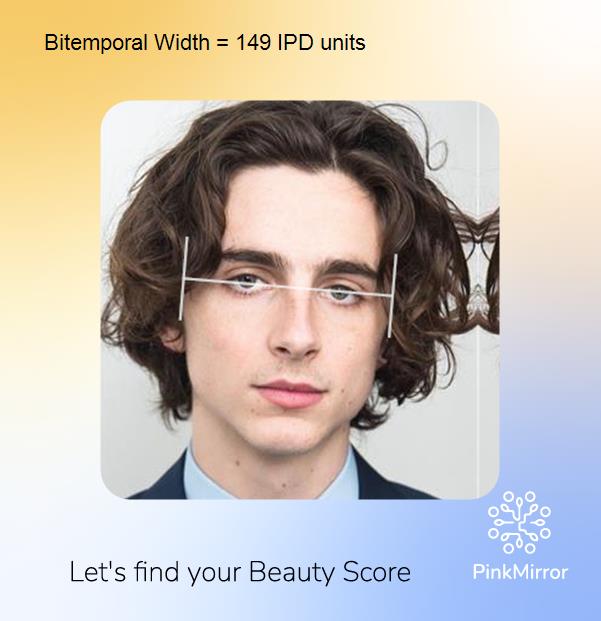Summary
Two recent studies explore key differences in male and female facial structures. The study by Faria et al. (2022) finds that males have a larger bi-temporal width, the distance between the temples, contributing to a wider face. This width often aligns with the bi-gonial distance (width of the lower jaw), leading to a more rectangular face, seen as typically masculine. Velemínská et al. (2012) note a more sloping forehead in males, and eyes that are closer-set and deeper in relation to the surrounding area, a result of a larger, protruding frontal sinus. This, alongside a larger bi-temporal width, associates with facial features like a sloping forehead and recessed eyes, creating a perceived masculine look. Both studies underscore that these traits combine to shape what’s often perceived as a masculine facial structure.
Research
According to a recent study by Faria et al. (2022), the bi-temporal width, or the distance between the two temples, tends to be larger in males. This means that male faces are often wider at the temples compared to female faces. Moreover, the study suggest that this larger bi-temporal width is typically aligned with the bi-gonial distance, which is the width of the lower jaw. This alignment contributes to a more rectangular or square-shaped face, commonly associated with masculine features. In the context of aesthetics, these features contribute to what is often perceived as a ‘masculine’ look. A larger bi-temporal width can emphasize the other features mentioned, contributing to a perception of a strong, angular face.
Another study by Velemínská et al. (2012) discusses some of the key differences between male and female facial structures, with a specific emphasis on the forehead and eye region. The study states that the forehead in males is more sloping, which means it descends at a sharper angle, giving it a more pronounced appearance compared to females. Additionally, the eyes in males are said to be closer to each other (shorter interpupillary distance) and located deeper in relation to the periorbital area (the area surrounding the eye socket). This suggests a more pronounced, recessed eye placement in males, often associated with a more prominent brow ridge. Moreover, the deeper positioning of the eyes and narrower eye fissure in males are likely a result of a larger and more protuberant (protruding) frontal sinus. This could also contribute to a larger bitemporal width, as the broader forehead and brow structure in males might result in wider placement of the temples. Therefore, the larger bitemporal width in males, as described in this study, is associated with several other facial features, such as a more sloping forehead, closer-set and deeper-set eyes, and a larger frontal sinus. These traits combine to create a facial structure that is typically perceived as more masculine.
Reference
FARIA, GEDL, BENTO, AM, SANTOS, DBD, TARTARE, A., & BOGGIO, RF (2022). Facial beautification with fillers and main differences between genders. Brazilian Journal of Plastic Surgery , 36 , 100-107. https://doi.org/10.5935/2177-1235.2021RBCP0019
Velemínská, J., Bigoni, L., Krajíček, V., Borský, J., Šmahelová, D., Cagáňová, V., & Peterka, M. (2012). Surface facial modelling and allometry in relation to sexual dimorphism. Homo, 63(2), 81-93. https://doi.org/10.1016/j.jchb.2012.02.002

